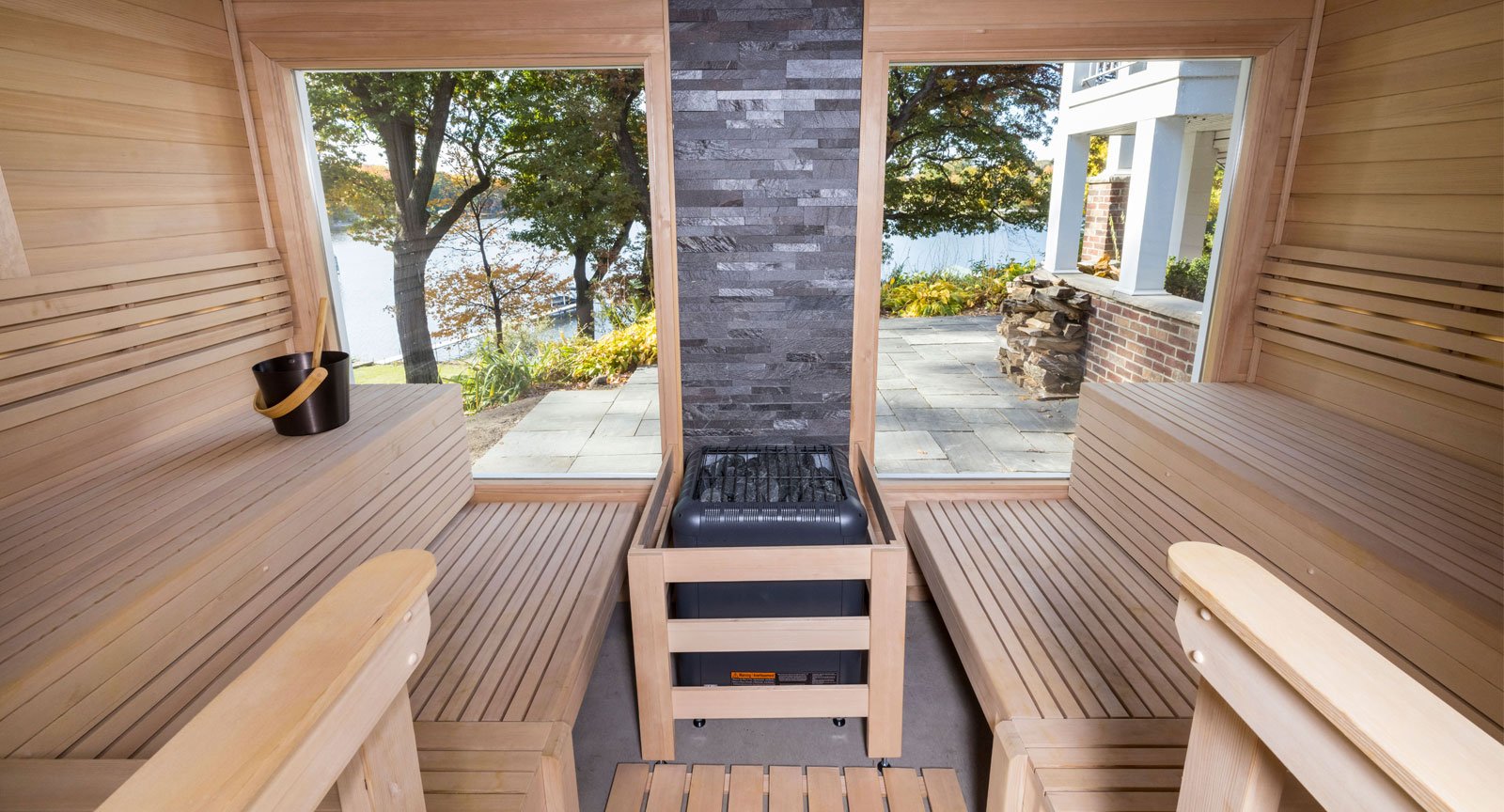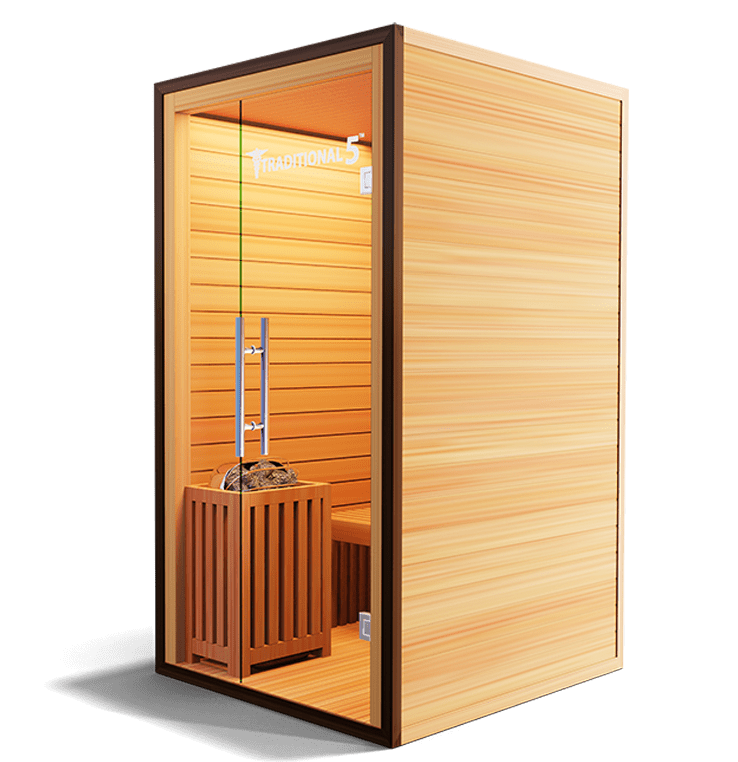Some Of Traditional Sauna
Some Of Traditional Sauna
Blog Article
7 Simple Techniques For Traditional Sauna
Table of ContentsThe Best Strategy To Use For Traditional SaunaTraditional Sauna - An OverviewTraditional Sauna for BeginnersHow Traditional Sauna can Save You Time, Stress, and Money.Unknown Facts About Traditional Sauna
The majority of the weight lost in a sauna is water loss and is re-gained upon rehydrating. Nevertheless, certainly sauna can be a fundamental part of a healthy weight management program. To look at the differences between conventional and IR saunas, I will separate these into proven, academic, and made distinctions.Hence, the best factor in the saunawhich is at the ceiling directly above the sauna heateris generally between 185 and 190 F. Claims that a conventional sauna exceeds 200 F is just not real and not relevant for electrical saunas offered in the United States. The temperature for a far-infrared sauna is generally established in between 120 and 140 F; nonetheless, unlike the typical sauna, the objective in and IR space is not to achieve a high temperature.

When a typical sauna has actually been correctly heated, the sauna wall surfaces are warm, the air temperature level has attained set temperature level and the rocks are very warmed. As a fascinating side note, the warmed wall surfaces and the rocks are producing far-infrared heat, combined with the warmed air, to produce an "covering warm".
Our Traditional Sauna Statements
When the high temperature level is attained, the aspects cycle on and off to keep the high temperature level. Most typical sauna users delight in putting water over the rocks to develop steam to elevate sauna humidity levels. The benefits of pouring water over the rocks include: making the area a lot more comfortable, dampening the nasal flows, and allowing the usage of aromatherapy by mixing crucial oils with the water.

When the power gets in the body, it triggers the body temperature level to raise and inevitably causes sweating. In an infrared sauna it's crucial for the emitters/heaters to stay on nearly regularly. Considering that there is no mass of rocks to keep warm, the sauna will cool down if the emitters shut down.
Things about Traditional Sauna
As discussed over, the sauna bather in an infrared space wants to place himself in front of running emitters to obtain maximum advantage from the heat. The home heating time for the two rooms can be extremely different, depending upon how the areas are used. For a typical sauna, a bather must allow 30-40 minutes for the area to accomplish a wanted temperature and to additional hints effectively pre-heat the rocks.

A well constructed sauna will normally achieve a temperature of 150-160 F in concerning 30-40 minutes (Traditional Sauna). For hotter temperatures, the space might need to heat for a longer period. As soon as the area achieves set temperature level, the heating system will cycle on and off, normally running about 50% of the time. The protected wall surfaces and the warmed rocks will certainly maintain the room hot and at steady temperature levels.
To some, 15 minutes was "lost" while the infrared energy heated up the wood panels as opposed to warming a body, while others locate a pre-heated room to be more comfortable and think a raised starting temperature is needed to start sweating. The size of advised usage for each and every area is about the very same (10-15 mins per session); nonetheless, as a result of the reduced air temperature levels and the capacity to really feel the impacts of infrared warm faster than a standard sauna, it is not unusual for a person to spend a total of 20-30 mins in an infrared sauna.
All about Traditional Sauna

The average expense per kWH of electricity in the U.S. is about $0.11, so a 4.5 kW heater will set you back about $.50 to run for one hour, if the heating unit runs continually for one hour. Generally a sauna heating unit will certainly compete 75% of the first hour and 50% of subsequent hours on considering that the components cycle once the set temperature level is accomplished.
A two person far-infrared space is usually literally smaller sized than a traditional sauna, typically concerning 4' x 4' or smaller sized. The IR heater is generally 1.5-1.7 kW utilizing a 120 volt 15 amp plug-in solution. Given that the room visit this web-site can be used quicker than a sauna space, we will certainly assume the area is made use of for to of an hour consisting of warm up time.
There is a hardly ever reviewed distinction in the social experience in between the 2 spaces. While our society has actually lost some of the social advantage of the typical sauna experience, it can be very socially rewarding (Traditional Sauna). From family time in the sauna, to heart-felt conversations with significant others, to sauna partiesthe traditional sauna experience can lead to intimate socializing
Some Known Incorrect Statements About Traditional Sauna
The majority of higher end infrared areas include tinted light treatment, noise systems and full-glass fronts.
Report this page